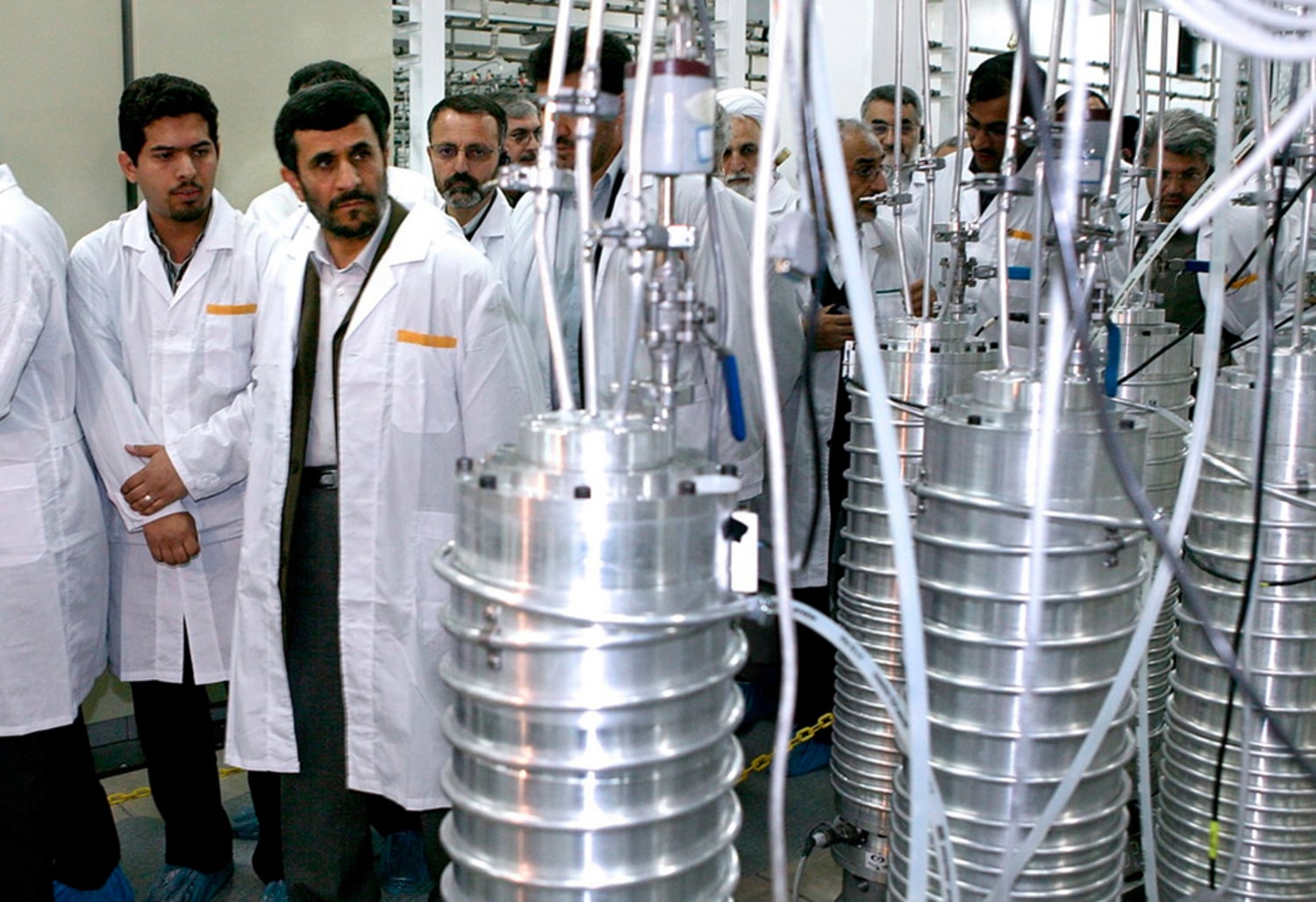Stuxnet: The First Step into the Dark Side of Technology
In the field of cybersecurity, the name Stuxnet stands out as a historical landmark. This malware (a type of computer virus), which emerged in 2010, was more profound than simple data theft or computer destruction and was considered one of the world's largest cyberattacks.
Stuxnet's primary target was to destroy the centrifuges used for uranium enrichment at Iran's Natanz nuclear facility.
Stuxnet was not like a typical virus that enters a computer and deletes files. It was the first malware to target Industrial Control Systems.
Stuxnet primarily targeted computer systems called PLC (Programmable Logic Controllers) from the company Siemens. These systems are used to control the operations of large-scale industrial facilities like power plants, water supply systems, and factories.
Stuxnet entered the system that controlled the centrifuges and increased their rotation speed to an excessive level. This caused the machines to overheat and eventually explode and be destroyed. This was the first instance where a cyberattack resulted in physical damage.
Anyone who has watched the TV series Mr. Robot while reading about Stuxnet will likely be reminded of a scene where Elliot and the fsociety members attack a highly secure location called Steel Mountain, which holds Evil Corp's data, and destroy the backup tapes. This scene is quite similar in concept to the Stuxnet attack.
In Mr. Robot, Elliot's team hacks the HVAC system (temperature control system) of Steel Mountain and gradually raises the temperature. By doing this, they caused the backup tapes storing the data to be destroyed by the heat, making the data disappear completely. This attack also created physical damage from a cyberattack.
Stuxnet was designed meticulously and took a long time to create. It seems that years of research were done before the attack was carried out. The malware used various methods to hide itself, and was designed to spread slowly and be difficult to detect.
Experts believe that Stuxnet was created collaboratively by the United States and Israel to hinder Iran's nuclear program. This type of attack, linked to the political objectives of two nations, has been called the first act of cyber warfare.
Stuxnet paved the way for future cyberattacks between nations.
From the Stuxnet incident, nations around the world have come to understand the importance of cybersecurity to protect their critical infrastructure. It demonstrated in a practical way that industrial systems, electrical systems, and other critical organizations can become targets of cyberattacks.
Such attacks are a warning about the extent to which technology can be used for both good and bad. It can be said that the legacy of Stuxnet continues to exist in the field of cybersecurity and has provided food for thought regarding potential future threats.




0 Comments